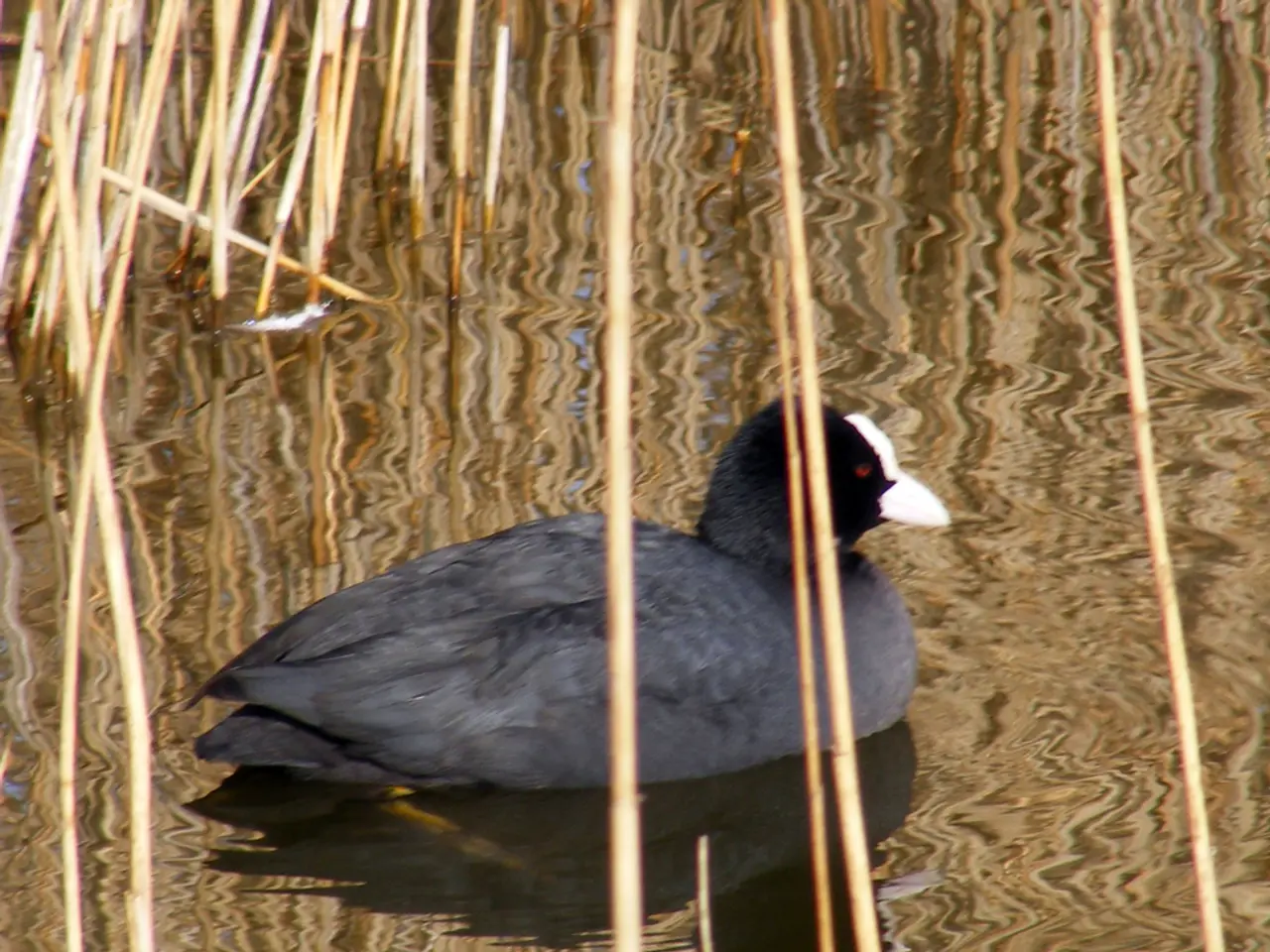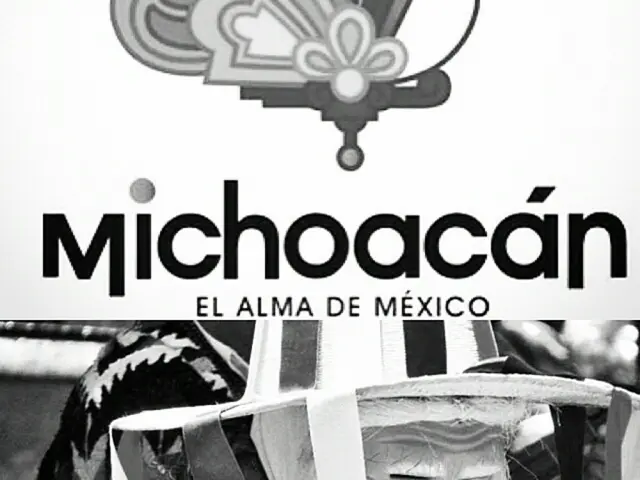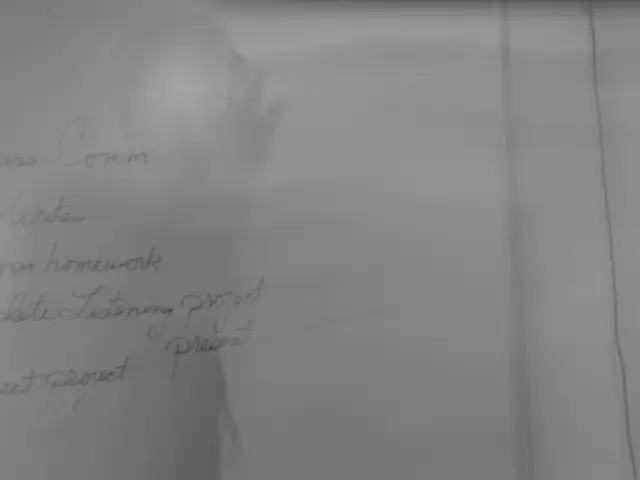West Coast battles invasive Parrot’s Feather to restore fragile ecosystems
The West Coast Regional Council (WCRC) has made progress in controlling Parrot's Feather, an invasive water plant that disrupts local ecosystems. The weed forms thick floating mats, blocking water flow and harming native species. Recent efforts have reduced infestations in key areas like Kongahu at Karamea and Kaniere, near Hokitika.
Between 2010 and 2015, environmental agencies and community groups worked together to tackle Parrot's Feather in the region. The plant spreads rapidly, even from tiny fragments, and can clog pumps, drains, and waterways—sometimes causing flooding. Its dense growth also crowds out native plants, reducing food and habitat for fish.
While Parrot's Feather remains a persistent challenge, the council's efforts have improved water quality and habitat conditions in treated areas. Continued vigilance and community cooperation will be needed to prevent its spread and protect local ecosystems.
Read also:
- India's Agriculture Minister Reviews Sector Progress Amid Heavy Rains, Crop Areas Up
- Sleep Maxxing Trends and Tips: New Zealanders Seek Better Rest
- Over 1.7M in Baden-Württemberg at Poverty Risk, Emmendingen's Housing Crisis Urgent
- Life Expectancy Soars, But Youth Suicide and Substance Abuse Pose Concern







